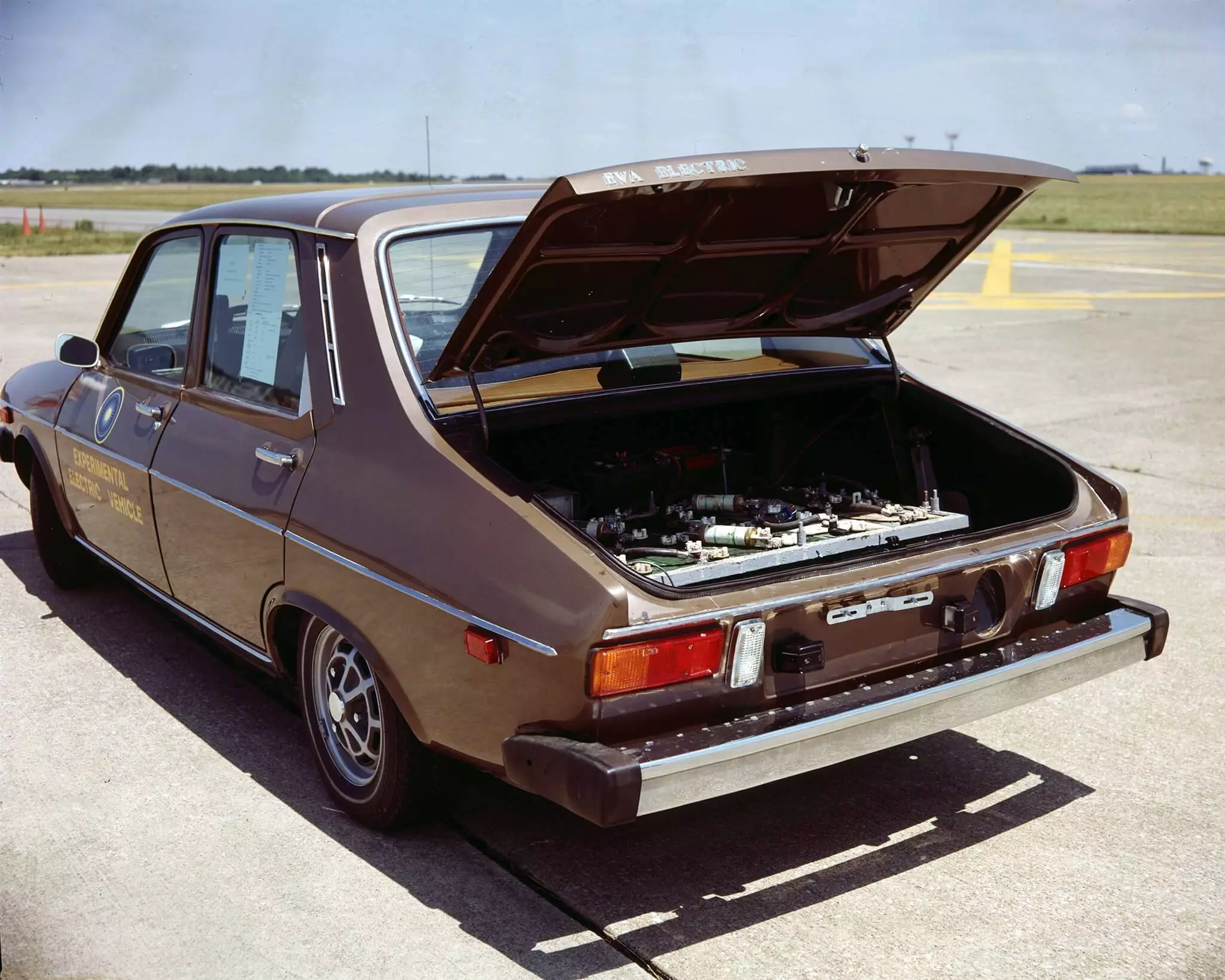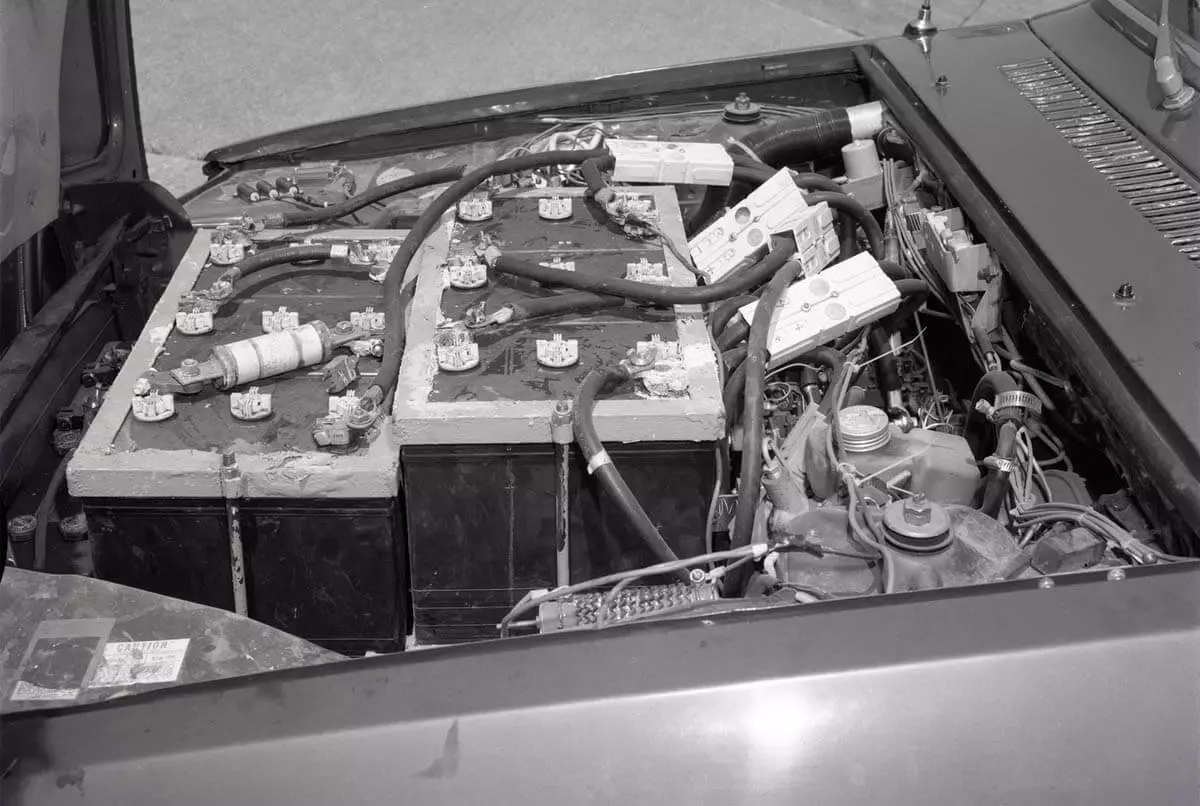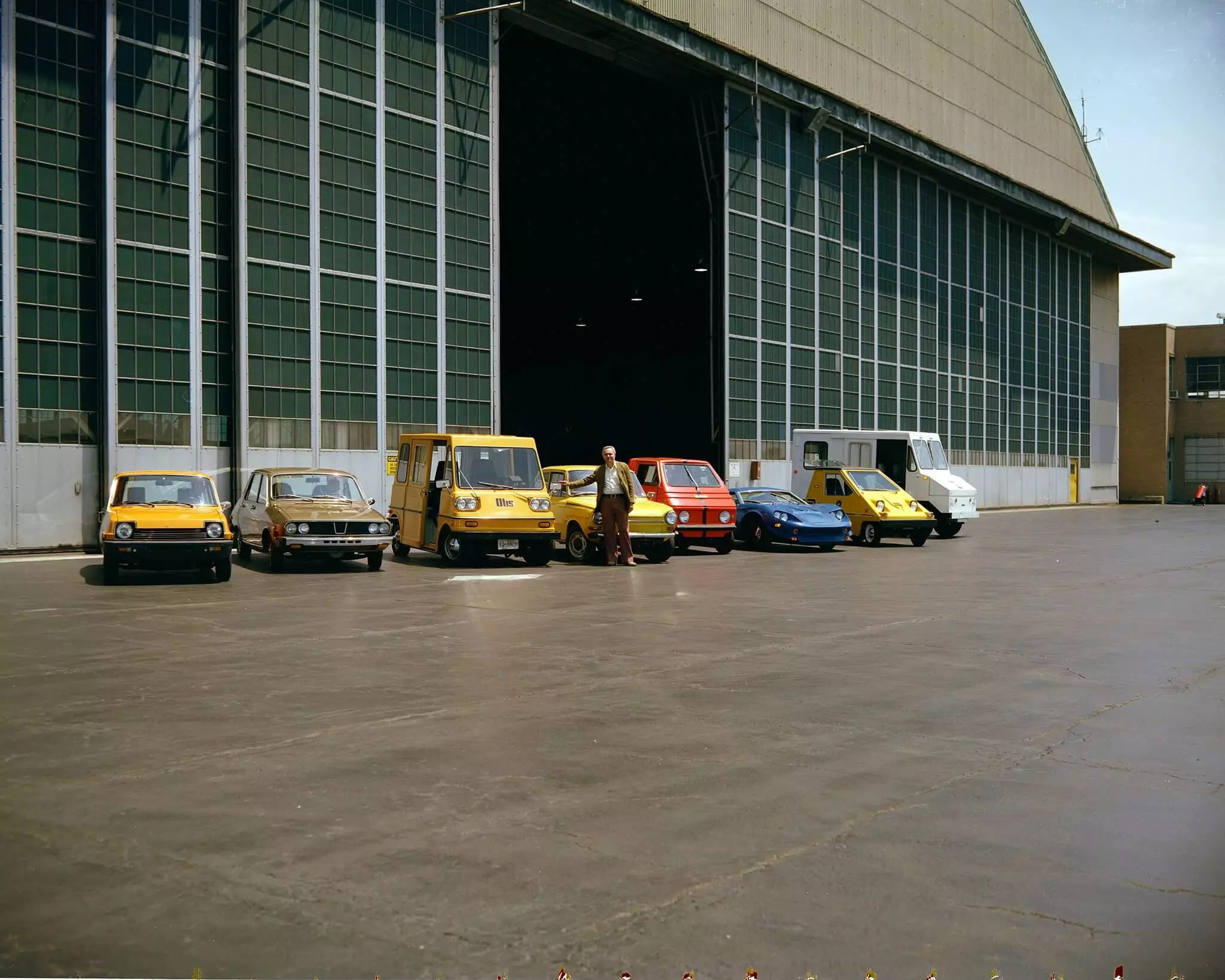Heavily affected by the 1973 oil crisis, the US embarked for the rest of the decade on a relentless search for solutions that would not only make cars more economical but even give up fossil fuels altogether, and it was precisely in this context that the Renault 12 "crossed" with NASA.
Marketed in the US, the Gallic model was one of those chosen to be part of NASA's ERDA project, a project through which the agency responsible for taking man to the moon a few years earlier sought to discover the commercial viability of electric and hybrid models.
To this end, the “North American” Renault 12 (easily identifiable thanks to its double headlamps and larger bumpers) was transformed into a 100% electric model by the company “EVA” (Electric Vehicle Associates).

Founded in 1974 in the US state of Ohio, this company was dedicated to transforming models with combustion engines into electric cars, with the support of the US Department of Energy, which, as we told you, wanted to find out whether electric cars they had “legs to walk”.
The EVA Metro
Without having been officially developed by Renault, the electrified 12 changed its name, becoming known as the EVA Metro. Equipped with 19 6-volt lead-acid batteries under the hood and in the trunk, the EVA Metro weighed 500 kg more than the Renault 12, with the scale weighing a then considerable 1429 kg.
To move all this mass, EVA equipped the 12 (sorry, the Metro) with a 13 hp electric motor that allowed it to reach a modest 90 km/h top speed and accelerate to 50 km/h in 12 seconds. Already the transmission was in charge of an automatic gearbox with three ratios.
As for autonomy, it reflected the technology available at the time. With a full charge (which took about six hours on a 220V outlet) the EVA Metro was capable of traveling between 65 and 100 km.

And if you thought that renting the batteries for the Renault electric cars is “boring”, you should know that the batteries of this Renault 12 electric car needed the regular addition of distilled water as a maintenance measure.
The tests
Another testament to the extraordinary evolution of electric cars in recent years is the reliability record of the EVA Metro in NASA tests (whose results can be consulted here).
Put to the test in 1975 and 1976 (with new and used engines and battery), the EVA Metro began to impress in the autonomy tests: at a constant speed of 40 km/h it covered 91 km, when the speed rose to 56 km/h his autonomy was 57 km and even with the speedometer fixed at 85 km/h he was able to cover 45 km.

Don't forget that all of this was achieved before modern lithium-ion batteries and regenerative braking systems. However, in the field of reliability things did not go so well.
In all, during the tests it was necessary to change the engine of the EVA Metro four times. Even so, it was possible to see that the archaic 6 volt lead-acid batteries would be able to withstand 45,000 kilometers, again a considerable amount considering that we were in the 1970s.
Despite the positive balance of the tests, the EVA Metro was never mass produced. In total, only seven units were produced (sold to individuals, companies or donated to universities) and only two are known. One is in Canada and the other in the US, having been restored.
